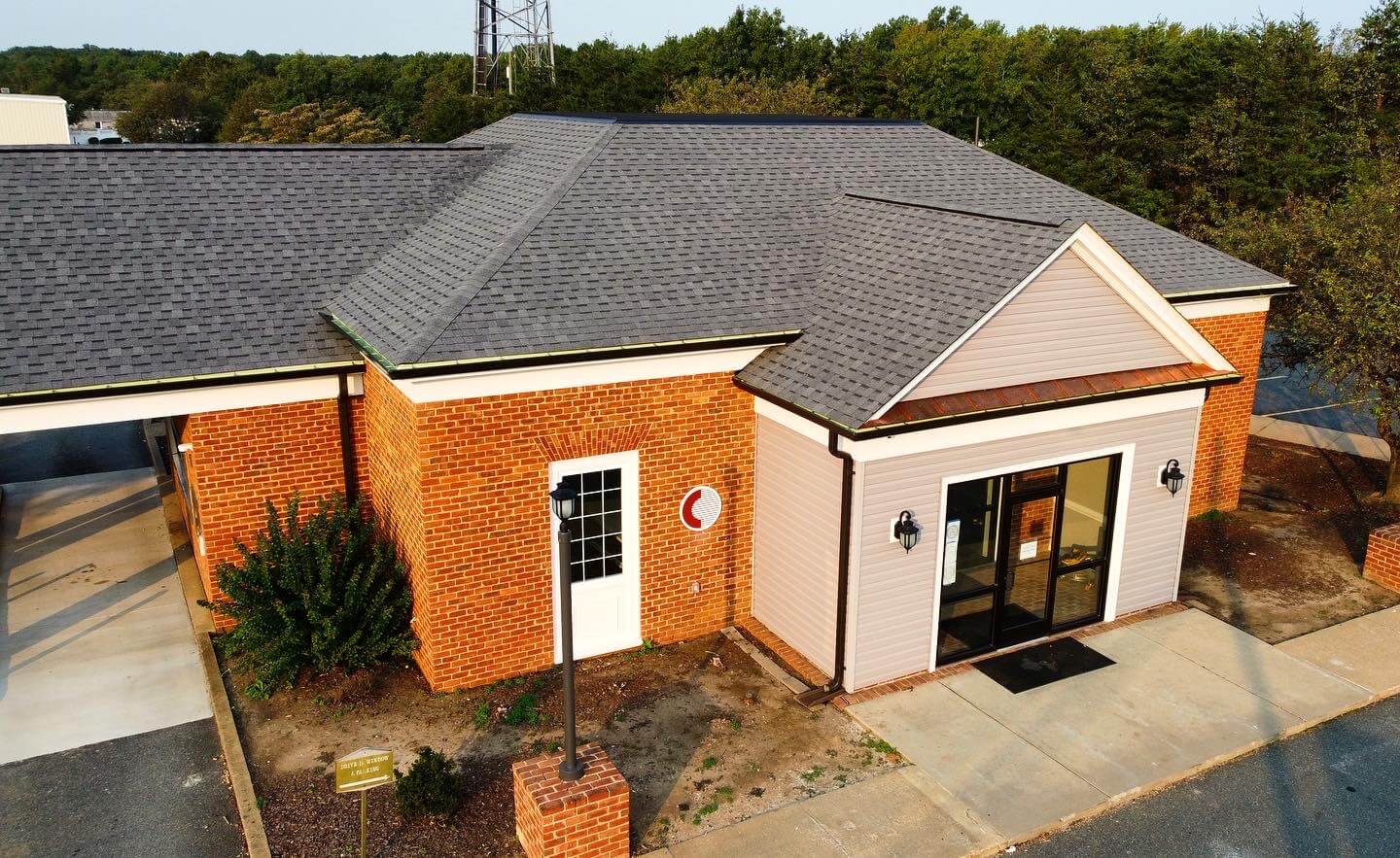Undeniable Signs Your Roof Needs Repairs
Whether you're a homeowner or business owner, it's essential to keep an eye on the condition of your roof. The roofing system is one of the most critical parts of a building, maintaining its structural integrity and quality, which is why it requires ongoing special attention.
But the million-dollar question is: how do you know if your roof needs repairs or has received adequate maintenance? Well, lucky for you, we're here to lay out all the details for you—and the guesswork out of it—to help you keep your roof in tip-top shape.
Here are common signs that your roof needs repair.
Missing or Damaged Shingles
If you notice missing or damaged shingles, this could indicate that your roof is in shambles and needs immediate restoration. Shingles are the defensive layer between the harsh outdoor elements and your building. When they become compromised, they will allow water to seep into your building's interior, including the crawlspace, attic, ceilings, walls, and insulation. In this case, the extent of potential damage can be a nightmare—and put a dent in your wallet.
Moreover, missing or unrepaired shingles will become problematic if the surrounding shingles erode from water, debris, wind, and sunlight, spreading further damage. Plus, if your roof is mature and has not received regular maintenance, the greater the chances are for progressive leak damage. So, the easiest way to avoid the ugly costs associated with missing or damaged shingles is to get them repaired as soon as you notice an issue.
Water Stains on Walls and Ceilings
Water stains and discoloration on your ceilings or walls are tell-tale signs of roof issues. A leak can occur for a variety of reasons, including damaged flashing, cracked shingles, or clogged gutters, among a few others. Unlike less extensive damages, a leaky roof needs to be addressed the moment you notice it; otherwise, significant problems will ensue, including mold, rotting, and damage to your insulation.
If you can't locate water spots on your walls or ceilings, here are a few other signs that your roof is leaking:
- Missing shingles
- Cracked or damaged shingles
- Damaged or missing flashing or boot covers
- Wet roof decking
- Mold on interior and exterior walls
- Damaged roof vent boots
- Dripping water
If one or more of these issues are present, it's safe to assume your roof has a leak or two!
Sagging Roof
Consider a sagging roof an emergency requiring immediate care to prevent a catastrophe. While it is more common to see a sagging roof in older, unmaintained buildings, it can also occur in new buildings.
Sags of various degrees can emerge for a variety of reasons, including a weakened roof deck, damaged or worn support beams, or excess weight on your roof. If left untreated, a sagging roof can collapse, causing tremendous damage and harm to anyone inside. To play it safe, we recommend you take time to assess your building if you suspect issues.
Here are some things you can do:
- Inspect your roof looking for a dip or depression in the roofline
- Check the roof decking (layer of wood or other material that covers the rafters and provides the base for the roof covering)
- Climb up to your attic or crawl space and examine the underside of the roof. Look for any areas where the decking appears to be warped or sagging.
- Look for cracks or gaps
- Do this by inspecting the roofline that may be allowing water to seep into your building.
- Examine the roof supports
- Look for any signs of damage, such as cracks, splits, or warping.
Conducting this examination yourself might be difficult if you don't know where to look or what you are looking for. If you are unconfident in your abilities, that's okay. The best thing to do is seek a professional to handle it for you.
Granules in Your Gutters
When granules accumulate in your gutters, it's not a sign of anything good! In most cases, this is your roof's way of communicating that it has endured some damage or wear and tear that needs to be looked at. Granules get misplaced because as shingles age, they begin to lose their protective exterior coating, which can cause them to crack and become brittle. As a result, the granules fall off and get stuck in the gutters.

